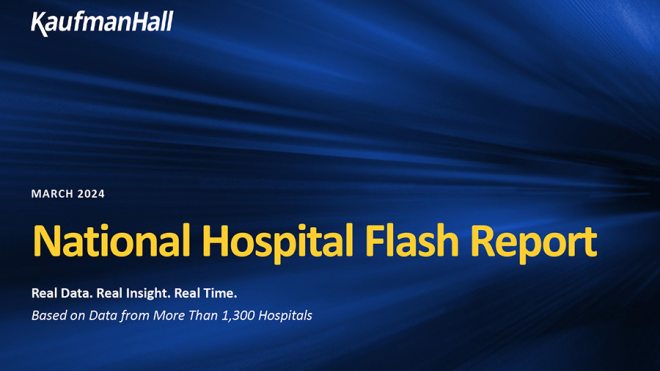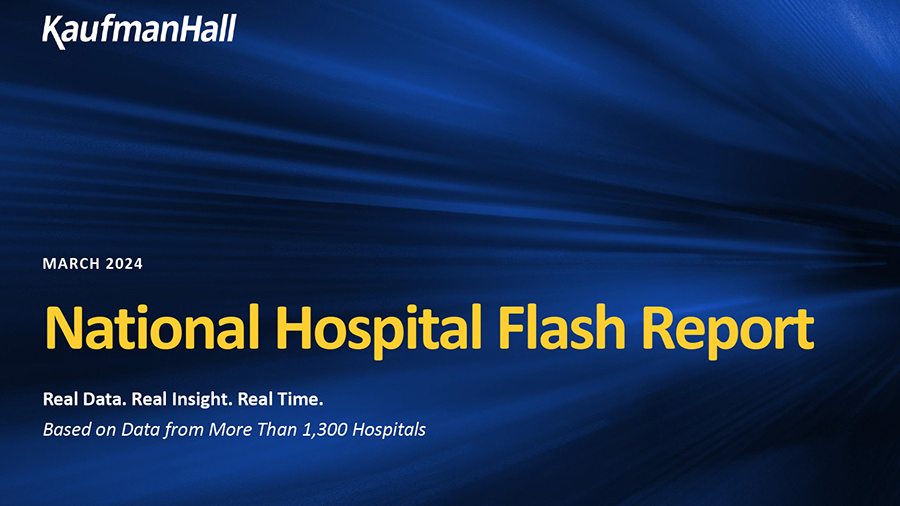What does the future hold for provider-sponsored health plans? Several health systems launched or ramped up their PSHPs after the Affordable Care Act was passed in 2010, taking advantage of growth in key market segments and providing an additional revenue source while supporting their community-centered missions. Although there have been many successes, PSHPs have also reported growth challenges and, in some cases, an unclear path to profitability, leading health systems to question the long-term viability of PSHPs.
A core strength of PSHPs is the alignment of financial incentives between plan and provider; that much is well understood. But health systems are not tapping into other PHSP strengths that could deliver significant competitive advantages. If structured properly, PSHPs can leverage advantages in three areas: (1) marketing and sales; (2) network design, member experience, and care management; and (3) operations and technology.
Marketing and sales advantages
Given that patients are generally more likely to feel loyal to their providers than to their health plans, developing marketing campaigns and collateral that establish or clarify the connection between patients’ care providers and the PSHP can boost health plan sales, especially when members are switching coverage (e.g., aging in from commercial to Medicare). PSHPs also benefit by having their network providers located in the community. This creates unique sales, marketing and distribution opportunities ranging from billboards featuring familiar names and faces to fully staffed PSHP information kiosks situated in patient waiting areas.
Additionally, providers and their PSHPs can gain new patient insights more readily than traditional health insurers can. For example, PHSPs may notice a surge in demand for appointments in areas like podiatry. Armed with such insights, they can update product design and develop targeted marketing messages. The PHSP’s market research, marketing, and product development functions can all benefit from such insights.
Network design, member experience, and care management
Because many PSHPs mingle with the broader provider community, they have nuanced insights into other providers’ care practices and their approaches to patient experience. PSHPs can use these insights to supplement standard provider performance profiles, inform their network design, and enhance their knowledge of referral patterns. This may be especially useful when focused competitive intelligence is important, such as an area with a single local imaging provider.
With the emphasis in the Medicare Star rating system shifting sharply to member experience measures, PSHPs are incentivized to build on their history of strong HEDIS scores by enhancing member experience. For example, physicians may opt to reserve appointment slots for walk-ins and prioritize PSHP members.
PSHP’s member experience advantages extend to care management as well. As experienced PSHP leaders know, everyone benefits when care management is embedded in a physician’s practice, not delivered by a disembodied voice on the phone.
Across all of these areas, PSHPs have many opportunities to apply lessons learned by the parent health system from its participation in ACOs and other value-based care models while benefiting from the financial upside.
PSHPs enjoy operational and technology advantages
Risk adjustment, which is particularly important in Medicare Advantage and Medicaid MCOs, is an area of strength for PSHPs. The health plan’s presence in the community facilitates in-person comprehensive health assessments. PSHPs have the added benefit of ready access to clinical data to identify missing diagnoses that may help build an accurate risk score.
With the health plan and the provider under the same ownership, PSHPs are equipped to design a highly streamlined approach to utilization management that focuses exclusively on select high-value areas, thereby expediting processing time. This approach can reduce operating costs and improve the experience during a potentially stressful time for members.
Unencumbered by legacy technologies, new PSHPs have the flexibility to deploy contemporary technology platforms, such as mobile-first experience and artificial intelligence to enable 24/7 service. A PSHP can use these tools to leverage its strength as a local organization by building unique competitive advantages – e.g., using geolocation technology to track down patients with housing insecurity or memory challenges, or get an early indication of out-of-network usage.
Reimagining what it means to be a PSHP
PSHPs have inherent strengths that health systems can tap and leverage to build thriving, financially sustainable businesses that are aligned with the parent organization’s community mission. We believe it is imperative to reimagine what it means to be a PSHP and how these health plans can unlock unique value for their communities in ways that traditional health insurers cannot easily replicate. This will be critical to differentiation, growth, sustainable economics, and a vibrant future for the entire enterprise. Although launching or expanding a PSHP is a significant undertaking, we are confident the view will be worth the climb for the right organizations and the right market situations.










